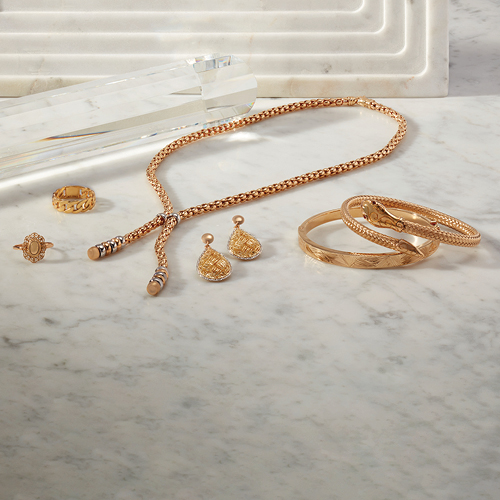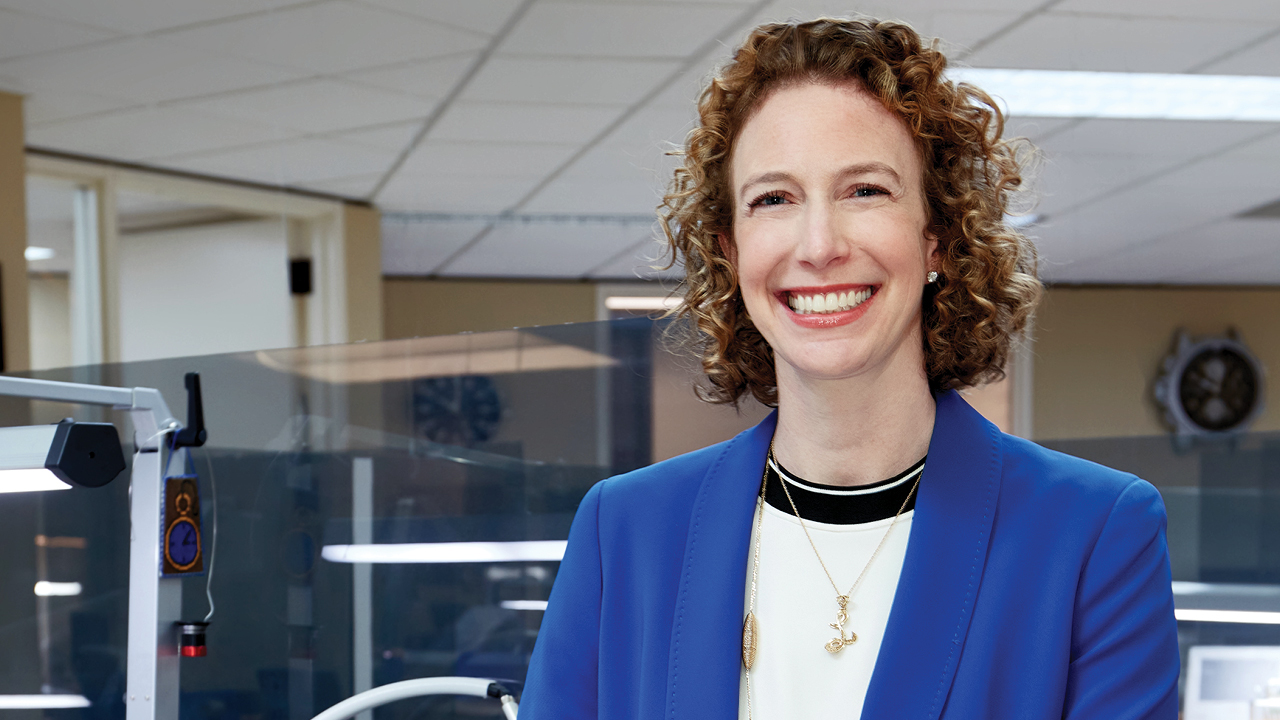How are independent jewelers in the US doing today?
It has been a strong few years for independent retailers. The passion for jewelry among consumers has grown, as has the realization that jewelry is a meaningful way to celebrate important moments in life. It has been a challenging few years for every business owner, and independent retail jewelers are no different, but thankfully, we had some wind at our back coming out of Covid-19. It is now time for us to consider our path forward and how we want to continue to grow and flourish.
There is a uniqueness to an independent jeweler in terms of commitment to our local communities. These relationships are really meaningful, and independent jewelers are uniquely situated to build those relationships over the long term.
The amount of money the US government threw out of helicopters, so to speak, during the pandemic caused a tremendous boom; roughly $5 trillion was given to individuals and businesses through stimulus bills. I think it lasted longer than most people expected, but now, with higher interest rates and the stock market not performing as it was, is it sustainable? Is the stimulus environment over?
I think it’s incumbent upon us as a retailer to continue to inspire our customers. We’ve now shown them that jewelry is a wonderful way to celebrate, and now we need to continue to remind them of that. We don’t have the same dollars flowing in, but people still have occasions to celebrate, and we have to show them that jewelry is the way to do that.
Is there any significant shift in the generational aspect of this? When you think about Gen Z, do they want to buy jewelry? Do they care? Or does it represent some kind of ostentatious baby boomer-era consumption they can’t identify with?
From the earliest history of human beings, we’ve been adorning ourselves, right? We’ve been celebrating, we’ve been expressing love through jewelry, and that continues unabated. It depends on how they want to buy and what they want to buy; that will shift, but the desire for jewelry won’t change. We have to make sure that we’re connecting with this younger consumer by staying relevant to what they want from an ethical-sourcing and impact standpoint. Our values should be aligned with theirs, and we should communicate that.

Image: Pieces in 14-karat gold from Ben Bridge Jeweler’s exclusive Toscano
Gold collection.
What’s the source of our desire for adornment? Is it to stand out and celebrate individuality? Is it conspicuous consumption? Is it an expression of love?
It’s all of this. It’s beauty, adornment, recognition, love. All of these things are really powerful and are eternal emotions. Today, the market for self-purchasing women is bigger than the whole engagement market. People want to wear jewelry for self-expression. It doesn’t have to be a token of recognition of another person — it can be recognition of yourself. That’s a really powerful shift that I don’t think we’ve totally internalized as an industry, and it’s really an exciting new chapter.
Historically, the price of an engagement ring was considered important as a materialistic indicator of commitment. For some, the higher the price, the more serious the suitor. Would you say that still rings true in the bridal market today?
It’s much more an expression of the couple and their unique relationship now, rather than what other people think, so that has shifted, but people still want that symbol of a promise of forever. The most important element is that it is representative of their love story, whether that’s the lengths someone went to to find the ring, the thought that went into the design, or the value — in the sense that it took them a long time to be able to afford it. These are stories people think of and share when they look at their ring. The story is the value point.
What are your thoughts on lab-grown diamonds in the bridal market? If they get to the point of, say, $100 for a 1-carat, D-flawless stone, how would that affect the consumer relationship with man-made diamonds? How would they feel about an engagement ring being so inexpensive?
I’m a believer in natural diamonds. When you put it in perspective for people — the miracle of nature they are, what it takes to unearth a diamond, the positive impact that natural diamonds have, and how it can take up to a year to become the polished stone they see in-store — they understand the value. And I think value and price are very different things: Price is what you pay, and value is what you get. These two elements play a big role in how and why we choose a natural diamond.
Swarovski is backing synthetics. Do you see it as a competitor to the independent jeweler selling natural diamonds?
It’s a good question. I think what is more important is that we’re competing against travel, shows and fabulous restaurants for that discretionary dollar, and for the attention of consumers. I think that’s the bigger competitor rather than any one supplier.
What about the Russian situation? If diamonds are mined in Russia by Alrosa, then cut in India or Israel, would you buy them?
We believe our diamonds need to have a positive impact. We’re really proud of where our diamonds are from, and we want to source from countries that are using their natural resources to do tremendous good for their people, like Botswana and Canada.
How should independent jewelers deal with the issue of Russian-sourced diamonds? As well as being CEO of Ben Bridge, you are also the president of the American Gem Society (AGS). Is there an AGS standard that retailers can turn to on this?
At AGS, we provided a templated letter that our members could send to their partners to express a desire not to source Russian diamonds, if they wanted to do so. Jewelers should be working with their suppliers to set their expectations. As an independent jeweler, it is sometimes easy to underestimate the power that you wield with your purchasing and your influence, but as a collective, it can be a really big voice.
The question is, should jewelers’ ethical standards be higher than the bare minimum of what the letter of the law requires?
That’s why AGS is here. Our members want to hold themselves to a higher standard. And whether that is in sourcing, consumer disclosure or representation, it’s important that it’s not the legality that is making the decision, but the morality.
So, to go back to my earlier question, should AGS jewelers buy diamonds that have been sourced from Russia but cut outside of Russia?
Everyone has to make their own business decisions. We’re happy at AGS to provide resources and to talk through it. There have been conversations happening with ambassador James O’Brien, who is head of the Office of Sanctions Coordination, and the State Department, and while we’ll wait for that information, there are actions that individual businesses can take now. Ultimately, the thing that makes change in the world are people and businesses. Hopefully you have the law that comes behind it to back it up, but it’s people that make the difference.
This article is from the May-June 2023 issue of Rapaport Magazine. View other articles here.
Main image: Lisa Bridge. (Ben Bridge Jewelers)
Stay up to date by signing up for our diamond and jewelry industry news and analysis.



